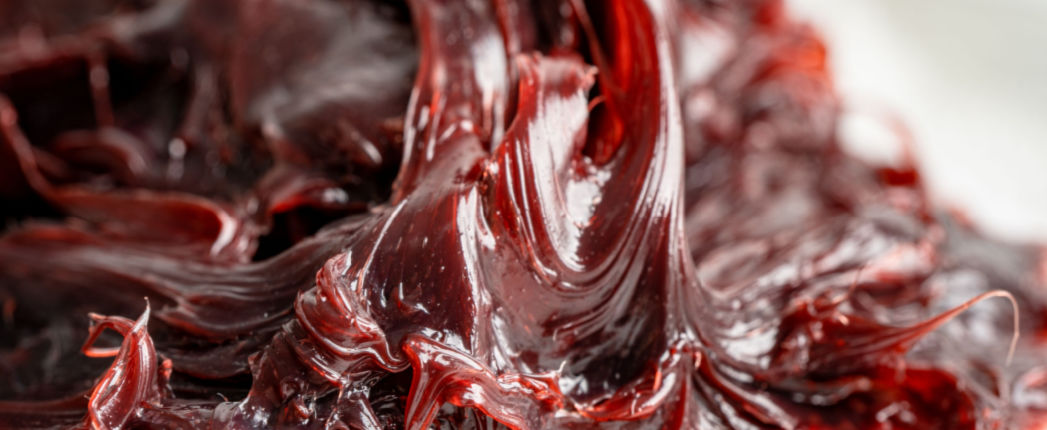
Global demand for lithium greases continues to decline in favor of alternatives thickened with calcium, aluminum and polyurea, due to a run-up in lithium carbonate and lithium hydroxide prices driven by the global electric vehicle transition, an industry insider said.
Now, he added, lithium greases face another potential threat from a European Union consideration of classifying lithium as a hazardous substance.
Terry Dicken, chairman of the European Lubricating Grease Institute, told Goma’s Lubricants and Base Oils symposium held recently in Zagreb, Croatia, that the main causes of the raw material challenges that grease producers face are the growth in sales of electric vehicles and China’s electric public transport vehicle program.
China manufacturers two-thirds of all electric vehicles globally, and the biggest Chinese EV maker, BYD, made 1.9 million vehicles last year, more than Tesla’s 1.4 million.
ELGI is a trade organization that lobbies on behalf of its grease production members, which are primarily based in Europe.
Greases are semi-solid lubricants made of base oils and thickeners such as lithium or calcium. The majority of the industrial greases use lithium soap thickeners. A non-ferrous metal, lithium is also a key ingredient in production of rechargeable EV batteries.
Dicken said the global lithium shortage can be addressed, but another impending danger for this grease thickener is the regulation proposed by the European Union’s Chemical Agency on the toxicity of the three main lithium salts – lithium carbonate, lithium chloride and lithium hydroxide.
“Lithium carbonate equivalent production is expected to reach 679,000 tons in 2023. growing at compound annual rate of 13.4% from the 2020 levels,” Dicken told the Goma symposium Nov. 24, quoting data from consulting firm Macquarie. According to the consultancy, in 2021 the global deficit of lithium carbonate stood at 2,900 tons, then it rose to 20,200 tons in 2022, with this year’s expected to reach 61,000 tons.
“It is at this point that lithium stocks are expected to be exhausted and persistent undersupply to be entrenched,” he said.
The buoyancy of the lithium carbonate and lithium hydroxide prices is driven by the increased adoption of EVs, and the current demand has eroded the oversupply seen in 2019 and 2020, ELGI found.
“This tightness of the market is expected to continue, and the lithium demand might treble by 2025 from the 2020 levels with supply stretched to meet that demand as well as higher prices needed to incentivize the required supply response,” Dicken said, citing Credit Suisse forecasts.
ELGI found that all these factors contributed to a decline of lithium grease demand in favor of calcium, aluminum and polyurea greases.
In 2020, lithium thickeners held a 71% market share of global industrial grease demand. However, the institute anticipates this share to decrease to 64% by 2026, with polyurea and calcium greases increasing their market shares from 13% and 4% respectively in 2020 to 17% and 10% respectively in 2026. Aluminum complex greases could also grow its share from 3% to 4%, other types of thickeners could grow from 6% to 8%.
Dicken addressed the EU’s proposal on lithium classification, stating that in 2021, ECHA’s Risk Assessment Committee developed a robust opinion on three lithium salts, classifying them as reproductive toxins.
The experts concluded that the three lithium salts should be considered as reproductive toxin category 1A for development and category 1B for fertility. “They collectively reached their conclusion applying the weight of evidence approach on available data,” he said.
Dicken quoted Eurometaux’s opinion on the ECHA’s intentions to classify the lithium salts as human health hazardous, saying, “The [European] Commission fully acknowledges the importance of lithium salts as key enablers for the climate, green and energy transitions. However, workers and citizens need reassurance that lithium-based technologies are safe to use for both human health and the environment. We would like to reiterate the confidence the commission has in a successful development of a European lithium supply chain …. The commission is ready to engage with the sector to mitigate the downstream consequences which would be triggered if the current scientific conclusion is not amended.”
Eurometaux is the European non-ferrous metals association.
In 2019, the French health and safety regulatory agency initiated a EU hazard classification process of the three lithium salts by submitting a proposal to the Risk Assessment Committee, based on scientific evidence of human developmental toxicity and effects on fertility.
After the committee’s conclusion in 2021, the Competent Authorities for REACH and CLP – known as CARACAL, a forum for consultation and coordination between the EU Commission and member states on implementing EU regulations on safe use and classification, labelling and packaging of chemicals – discussed on this topic in a meeting of the CARACAL expert group, which brought together representatives from EU member states, the European Commission and industry stakeholders. CLP refers to The Classification, Labelling and Packaging Regulation.
At the meeting, some industry representatives brought up arguments in opposition to the proposed classification, citing among other concerns, socio-economic considerations, according to the Health and Environmental Alliance, a European health not-for-profit organization.
The proposed classification is currently discussed under the CLP framework.
Dicken warned that if ECHA classifies lithium hydroxide as a reproductive toxin 1B, it will impact not only the EU 27 member states but also the carriage, labeling, and packaging of finished greases. He highlighted that this substance is already defined as poisonous and deleterious in Japan.
It will also impact the United Nation’s Globally Harmonized System of Classification and Labelling of Chemicals, ELGI said.
Dicken concluded his presentation by stating that although lithium greases will still dominate the market, manufacturers are exploring other thickeners, with “calcium grease experiencing a renaissance.”
“Regional variation such as polyurea, will continue to be popular in Japan, China and North America,” he emphasized, noting that specialty grease thickeners will continue to grow, and new developments will be marketed.
In summary, Dicken projected that the grease market will continue to grow with rising industrial output, while the emerging markets will continue to show the largest demand.